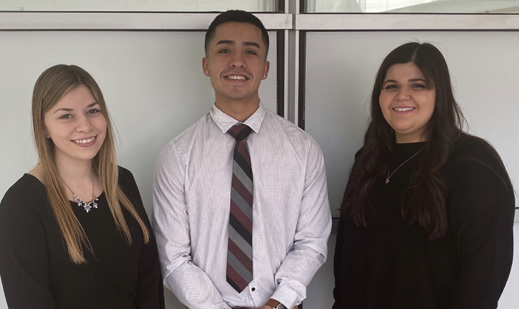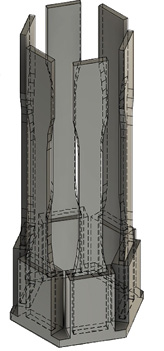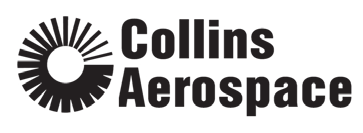
Figure 1

Materials Science and Engineering
Team 8
Team Members |
Faculty Advisor |
Marissa Abyazi |
George A. Rosetti, Jr. Sponsor Army Research Laboratories |
sponsored by

Additively manufactured thermoplastic parts are used to help alleviate extra weight in aircrafts and decrease the cost of part production. Additive manufacturing produces lightweight, highly durable parts through the more efficient and economical process of 3D printing. Parts created through machining, injection molding, blow molding, and extrusion are being replaced as these processes require long lead tooling. Fused Filament Deposition (FDM) of thermoplastics is becoming a widely used process within additive manufacturing for the aerospace industry. During the FDM process, parts are printed by selectively depositing heated feedstock plastic filament out of the printer’s nozzle on the developing material in a chosen path. In order to shift production of small fixtures and other parts to 3D printing, the FDM process must be examined further and relationships between printing parameters and mechanical properties must be quantified. This project investigates the statistical significance of the correlation between a print’s build orientation and raster angle and the ultimate tensile strength, compressive strength, flexural strength, and burst strength of the print. As additive manufacturing is limited by layer adhesion within a part, there is also an opportunity to produce optimal bonding by characterizing the effects of raster angle on layer adhesion. Producing optimal layer adhesion is expected to quantifiably increase isotropy, tensile strength, compressive strength, and burst strength. Success in this project will offer thermoplastic manufacturing industries the ability to reduce part cost, production time, and part weight compared with their metal counterparts, while meeting the necessary strength and durability requirements for aerospace applications.
